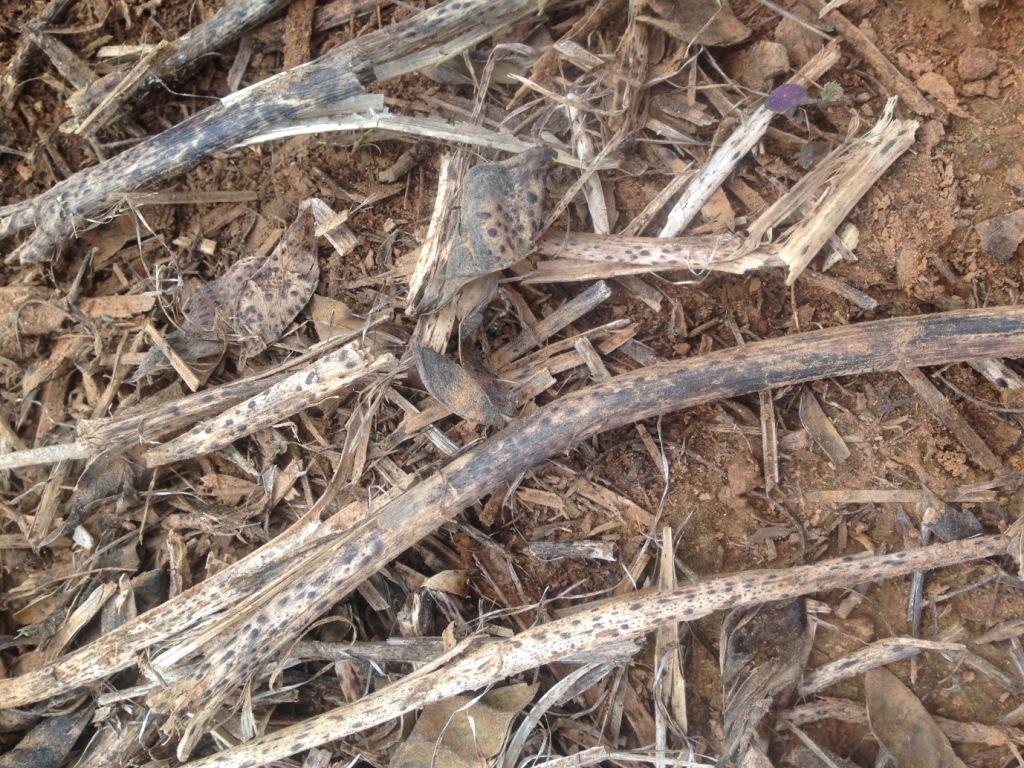Beware of the risk of grazing Lupin stubbles
Feb 2018
Dr Belinda Edmonstone, District Veterinarian, Forbes
Lupin stubbles can be highly nutritious depending on the amount of seed left behind after harvest. However last year we saw a few cases of lupinosis in sheep grazing these stubbles between January and May. Some producers lost significant numbers in the affected mobs.
The disease is caused by the fungus Diaporthe toxica which can cause liver damage with production losses and deaths.
The fungus can infect all parts of the plant but is more common on the dry stems at maturity, the pods and to a lesser extent the seed.
Signs of toxicity can be seen within a few days of grazing stubble if there is a high dose of the toxin on stubbles.
It may also progress slowly if there is a lower amount of toxin.
The key to lowering the risk of disease when grazing stubbles is to reduce the need for stock to graze the stems to any great extent and to know the factors that increase the amount of toxin on the plants.
These include:
- Length of time since harvest. The risk will increase as time passes from harvest particularly if conditions are wet and humid.
- Stocking density. Increased risk with increased stocking density.
- The amount of lupin grain left in the paddock. Less grain in the paddock results in more stems consumed and increased risk.
- The age and class of the stock grazing. Weaners are more susceptible than adults. Late pregnant and early lactation cows are more susceptible.
- If leopard spotting (see picture) is seen on the stem the pods and seeds are most likely also affected and the risk of lupinosis is high. Grazing should be avoided.
- Grazing pastures or cropping paddocks containing stubbles from the previous year is a high risk as stock often seek roughage when grazing lush crops and pastures
- Feeding greater than 10% of infected seed as part of a ration.

Whilst grazing stubbles stock should be observed daily by moving them a short distance. If some start to hang back and look hollow they may have mild signs of lupinosis and the mob should be removed from the paddock.
There is no cure for the disease and those showing signs should not be fed a high protein diet for six weeks to allow time for the liver to repair.